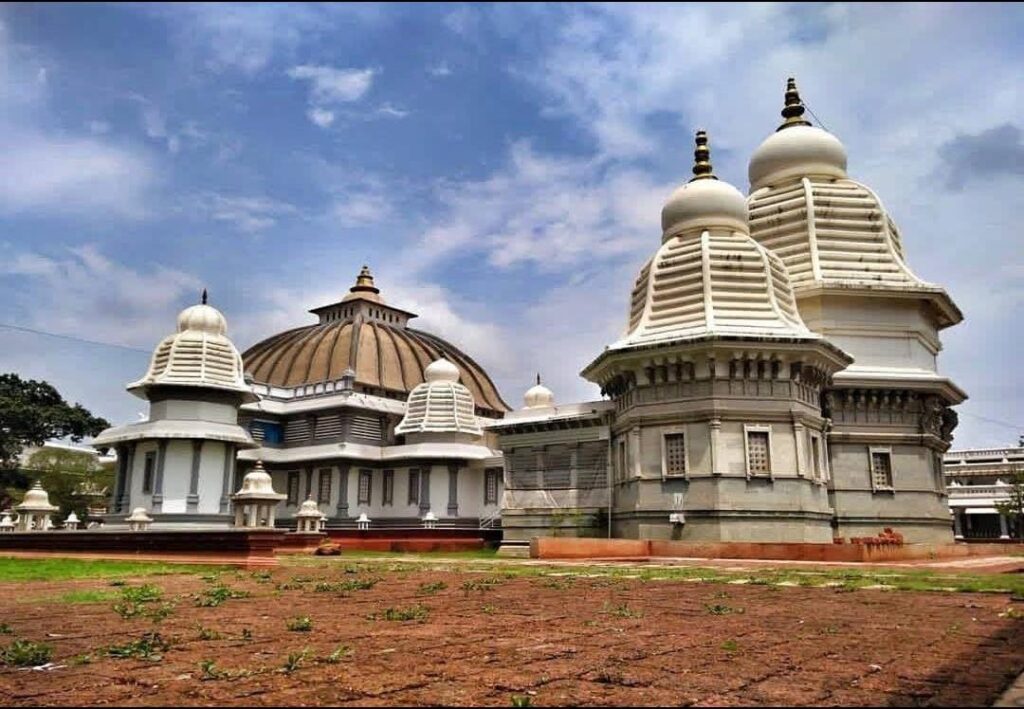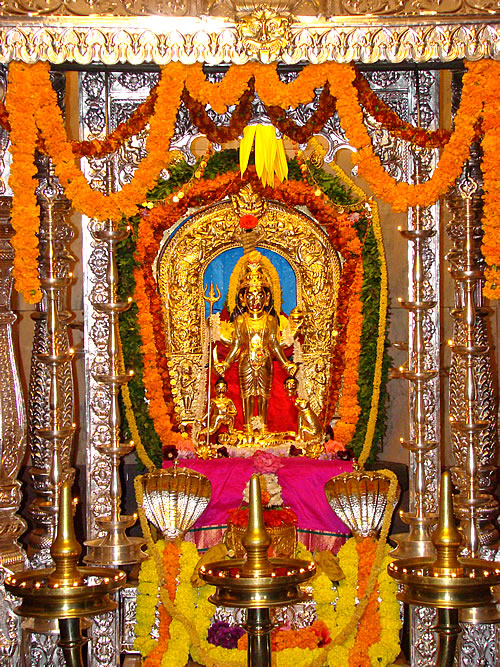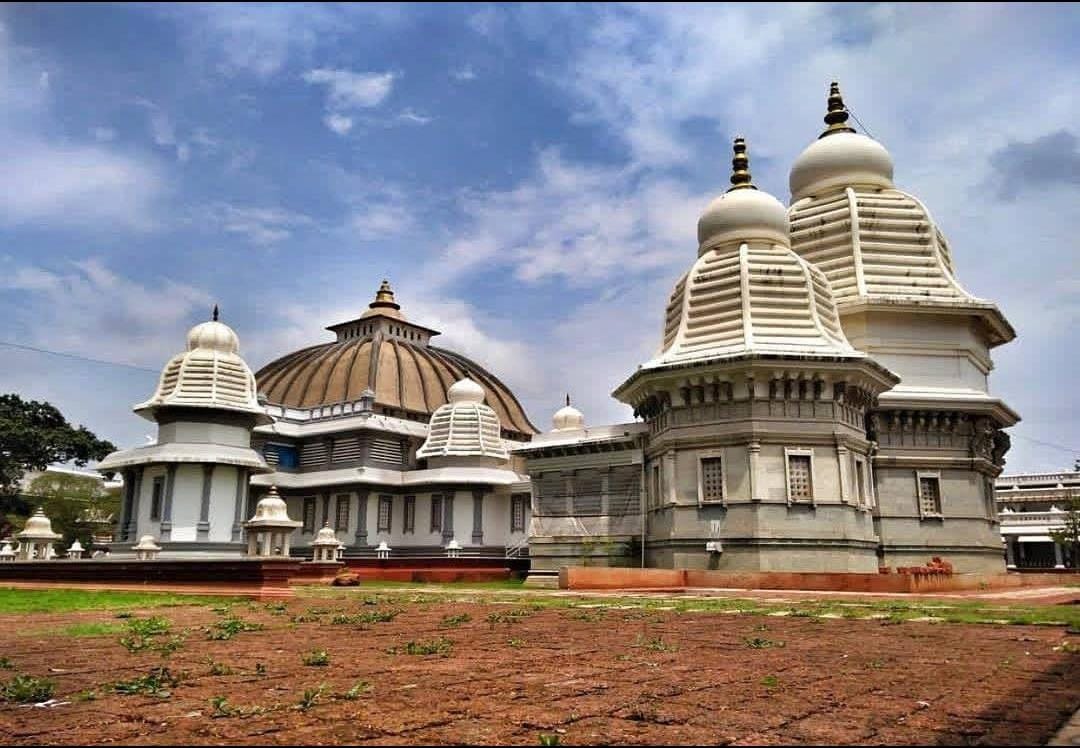
The Shri Mahalasa Narayani Temple, located in Mardol, near Ponda, is one of Goa’s most revered temples. Dedicated to Goddess Mahalasa, an incarnation of Lord Vishnu in female form, the temple is a cultural landmark. It attracts thousands of devotees and tourists every year, serving as both a place of worship and cultural significance.
The Legend of Goddess Mahalasa

Goddess Mahalasa, the female form of Lord Vishnu, took this incarnation to protect the world from evil forces. She is also associated with Lord Shiva, being considered a manifestation of Goddess Parvati. In some traditions, people know her as Mohini, the divine enchantress from the Samudra Manthan legend in Hindu mythology. Goans affectionately call her “Mahalasa Narayani,” and she is revered as a powerful and compassionate deity. Devotees believe she blesses them with health, wealth, and happiness. The temple dedicated to her holds significant spiritual importance for Hindus in Goa and neighboring regions.
The Temple’s History
The Shri Mahalasa Narayani Temple has a long, storied history that dates back several centuries. Originally located in Verna, South Goa, it was moved to Mardol during the Portuguese colonial period. This relocation aimed to protect the temple from religious persecution. The present temple was constructed in the 18th century and has since become one of Goa’s most important temples. The temple complex is spacious, beautifully maintained, and showcases traditional Goan temple architecture. It features a grand entrance, a tall deepstambha (lamp tower), and intricately carved pillars. The sanctum sanctorum houses the idol of Goddess Mahalasa, adorned with gold and precious jewels.
Architecture and Features
The Shri Mahalasa Narayani Temple’s architecture blends traditional Goan and South Indian styles. The temple’s deepstambha, a tall lamp tower, is a major attraction for visitors. It is one of the tallest deepstambhas in Goa and is lit during festivals and special occasions. The temple’s main hall, or sabha mandap, is spacious and decorated with beautiful paintings and carvings. These artworks depict various scenes from Hindu mythology. The wooden carvings on the pillars and ceilings are particularly noteworthy, showcasing the craftsmanship of the temple’s artisans. A unique feature of the temple is the palanquin, or palkhi, procession during special festivals. Devotees carry the idol of Goddess Mahalasa around the temple complex amidst chants and prayers.
Festivals and Celebrations
The Shri Mahalasa Narayani Temple is renowned for its grand festivals, celebrated with great devotion and enthusiasm. The most important festival is the annual Zatra, which attracts thousands of devotees from all over Goa. The Zatra includes various rituals, processions, cultural performances, and a fair that adds to the festive atmosphere. Another significant event is the Navaratri festival, dedicated to the worship of the nine forms of Goddess Durga. During Navaratri, the temple is beautifully decorated, and special prayers and rituals honor the goddess.
A Place of Devotion and Peace
The Shri Mahalasa Narayani Temple is more than just a place of worship; it is a cultural and spiritual center for many Goans. The peaceful surroundings, the sound of devotional songs, and the sight of devotees offering prayers create a serene atmosphere. Visitors often find a sense of calm and fulfillment when visiting the temple, making it a must-visit destination for spiritual solace.
Conclusion
The Shri Mahalasa Narayani Temple in Mardol, Goa, stands as a significant religious site that embodies the region’s rich cultural and spiritual heritage. With its beautiful architecture, vibrant festivals, and deep-rooted traditions, the temple offers a unique experience to both devotees and tourists. Whether you seek the blessings of Goddess Mahalasa or admire the temple’s artistry and history, a visit to this sacred place leaves a lasting impression.


